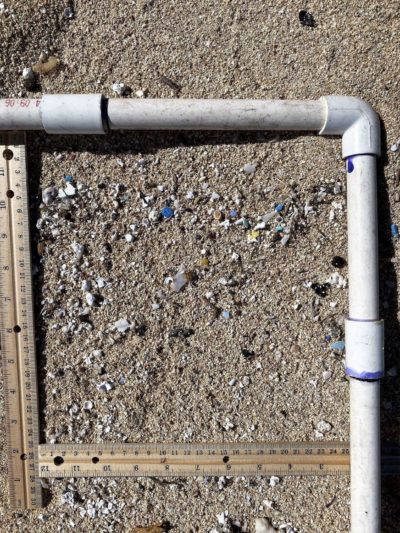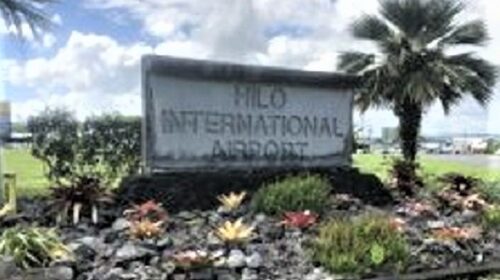Microplastic Research on Pollution with Easy-to-use Reporting
Seeing the need to standardize the diverse methods of microplastic research reporting to address the ever-growing concern of environmental pollution due to microplastics, the authors of the just-released paper in Applied Spectrometry journal have developed a set of reporting guidelines for use in environmental and laboratory settings.
The team of 23 researchers, representing organizations across several countries and continents, pursued the project in a collaborative, open science framework.
“I knew that the best way to develop reporting guidelines was to get perspectives from a diverse group of researchers. I sent a tweet asking for input on the project and I was met with overwhelming support and interest in the project. Researchers from other fields even shared the tweet through their channels. To democratize the process, we maintained an open-door policy for new researchers to join us and voted on what would be the final reporting guidelines,” Win Cowger, University of California Riverside Ph.D. candidate and first author of the paper, said.
The authors’ four aims were to
- summarize the reasons for why it is challenging to compare among today’s microplastic research findings;
- use a collaborative open science framework to prioritize a list of key methodological details;
- present that list as a guideline for researchers to use when reporting, comparing and developing methods; and
- share their vision for future microplastic research.
The product was a manuscript including three easy-to-use documents available to scientists, a detailed document, a checklist table, and an online mind map. Each document has the same information summarized, but the team created different formats with specific user groups in mind.

“This online exercise shows that the microplastic research community values each other’s opinions and perspectives. Together we commiserated on our common criticisms of the current state of the literature. By fleshing out and combining the criticisms, we offered an extremely helpful product,” adds Jennifer Lynch, Ph.D., HPU Center for Marine Debris Research co-director and co-author of the paper. “We hope the guidelines will improve scientific reporting in a way that allows easy comparison among studies so that we can determine if microplastic concentrations are changing across time or are greater in certain locations. Because the microplastic research field is in its infancy, we recognize our guidelines will need to evolve. The document is open source to continue conversations, and we have planned for ongoing updates.”
The paper is entitled “Reporting Guidelines to Increase the Reproducibility and Comparability of Research on Microplastics” and is published online by SAGE Publishing and Applied Spectroscopy.




